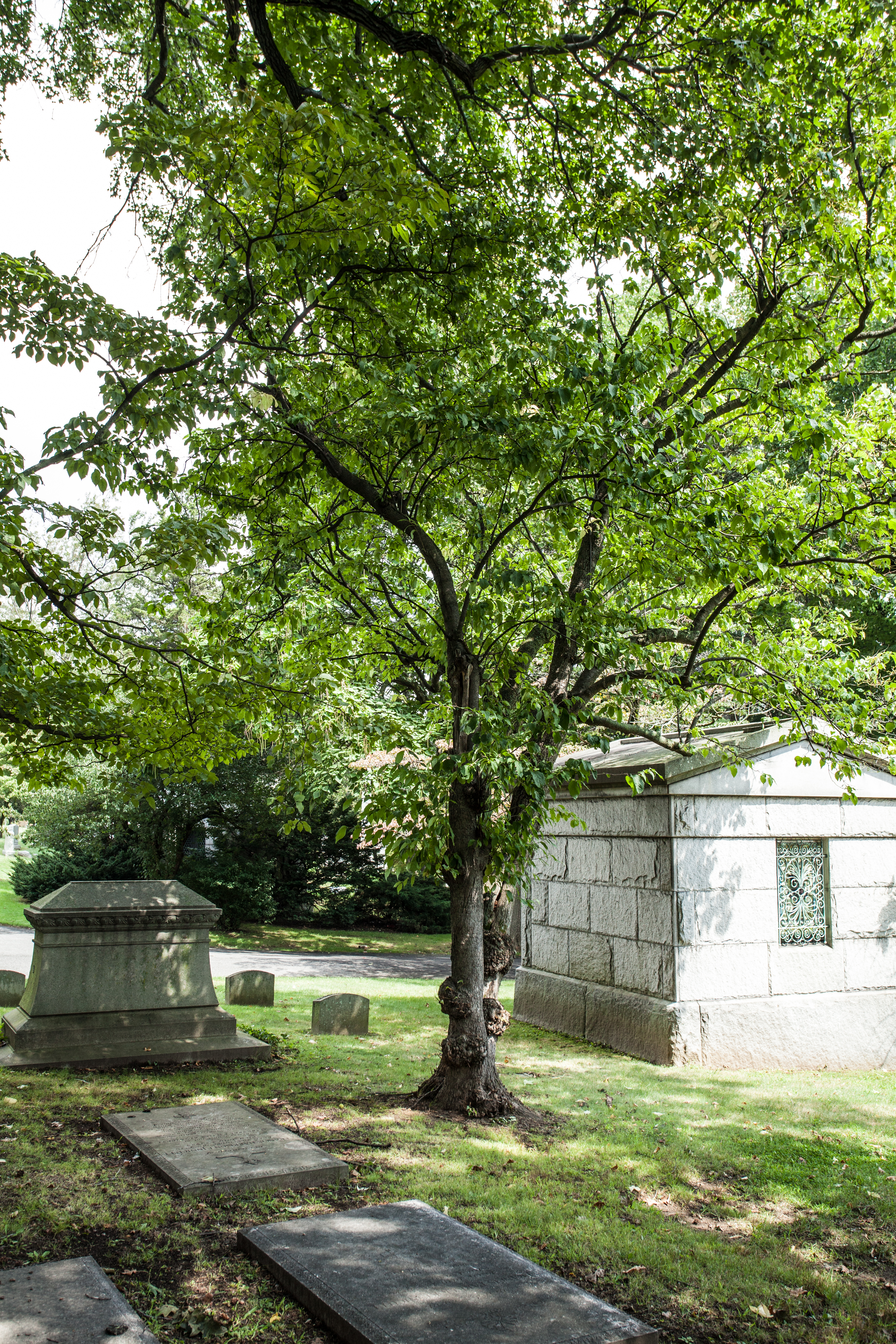SYRINGA RETICULATE – LILAC, JAPANESE TREE

Japanese Tree Lilac is tolerant of urban conditions, growing in poor, clay or alkaline soil. It tolerates high soil salt concentrations originating from de-icing salt applications better than many other plants. The gorgeous flowers are most showy and prolific when the tree is located in full sun with good drainage. Plants in partial shade can be infected with powdery mildew which can cause some defoliation. Plants in containers tolerate high soil salt solutions up to about 8 mmhos/cm according to the saturated media extract method. Pollen bothers certain people.
It is perhaps the most pest-resistant Lilac, but that does not mean it is pest-free. Regular irrigation (not on the foliage please) during dry spells help make this a pest-resistant tree. Has been used as a street tree with some success. If pruning is desired, do it immediately after flowering to preserve next year’s flower display. The plant received a Cary award for the year 2000.
Trees can be pruned to a short single leader for use along streets or to provide clearance close to a walk or patio. Be sure to clear all turf away from beneath the branches to reduce competition with turf. Remove some branches so they will not touch each other. Remove some secondary branches from main branches (especially those toward the end of the main branches) if main branches have included bark. This reduces the likelihood of main branches splitting from the tree later when it has grown to become an important part of the landscape. Locate the tree properly, taking into account the ultimate size since the tree looks best if it is not pruned to control size. Pruning should be completed soon after flowering to ensure next year’s flower buds are not removed.

